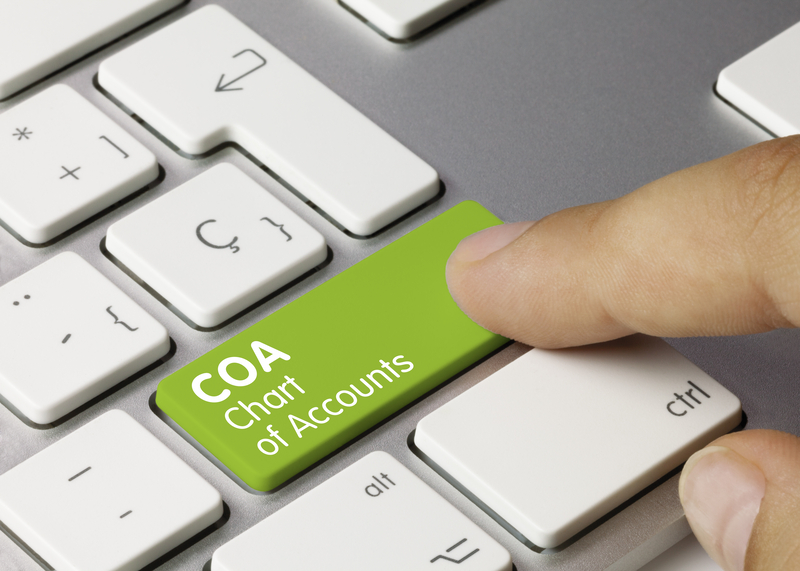- Home
- Accounting Systems
- Accounts Receivable Collection Procedures

Accounts Receivable Collection Procedures

by L. Kenway BComm CPB Retired
Published November 2012 | Edited June 17, 2024
Quick Links
- My sob story - lesson learned you don't have to accept credit.
- A/R collections procedures
- Using Your Accounting Software For Debt Collection
- Do you know when you can write off a bad debt?
In this chat, we'll discuss whether you should have accounts receivable (AR) and accounts receivable collection procedures so you stop providing interest free loans to your clients and customers.
As a freelance bookkeeper, I learned the hard way that I am not a bank or finance company. This is going to be a hard story to share ... it kind of makes me feel like you are seeing in me in my underwear :0( ... but I'm taking a deep breath and here I go.
Good to Know
Business lawyer Nina Kaufman has an article that explains you how to train your clients to pay. You can find more information at https://askthebusinesslawyer.com/clients-pay-on-time/. This article is also worth reading: https://askthebusinesslawyer.com/7-steps-to-minimizing-your-slow-paying-client-list/ .
My Sob Story
I lost thousands of dollars when I first started out because I was too shy to actually ask for a deposit up front. I was keen to do bookkeeping and get my business up and running ... after all I had bills to pay.
I purchased a business from a bookkeeper who turned out not to be completely honest. (Don't even go there with me ... the person seemed honest and genuine and I never thought a bookkeeper would be duplicitous ... which is why I am big on internal controls because you never know.)
The business did not have the consistent cash flow purported (only one of the things the previous owner was not forthcoming about ... and no I won't tell you how he fudged the records to make it look like there was regular monthly cash flow) and the clients I inherited were used to being offered credit, not paying upfront.
Between rent, payroll, and the business loan to purchase the business, there was not enough money left over for me to take a draw. (I did factor in a regular draw for myself when I put in my offer to purchase the business.) As a result, I often ended up on my parent's doorstep mooching dinner. Good thing they liked having my company! :0)
It took me two years to dig myself out of the hole and reach break-even ... well sort of ... the business still wasn't supporting me. I was living off my parent's generosity and my RRSPs. I ended up closing my business to take a contract up north so I could pay off my remaining business debts.
In hindsight, at times, I wish I had stuck it out ... but not being able to pay my bills makes me anxious. When I decided to start up my bookkeeping business again, I decided I would not accept credit ... I was NOT going down that road again. I like to think of it as learning from my mistakes ... which all small business owners know is necessary when running a small business ... because mistakes will be made.
Make a mistake ... learn from mistake ... adjust procedures to put lessons learned into effect ... this is the recipe for success.
Based on my personal experience, I recommend that all small businesses NOT grant credit. I recommend accepting cash, credit cards, or PayPal only but ...
If you do offer credit, it is extremely important to monitor your accounts receivable. You will find two AR ratios that may be a useful tool for you in Basic Ratio Analysis.
In Stephen L. Nelson's book QuickBooks 2009 for Dummies (I'm sure his 2024 edition still has a section similar to his 2009 section), he gives a bit of advice on accounts collections procedures. Here is what he recommends.
- Establish firm accounts receivable collection procedures; then follow them faithfully.
- When an invoice is one week past due, make a friendly phone call. Check to see if they have received the invoice ... or if there was a problem with the product or service. Solve the problem or ask when you can expect payment.
- When the invoice is overdue by one month, send a letter asking the customer to contact you about the past due amount. This is especially important if the customer promised you payment when you made your phone call a few weeks before.
- When the invoice is three months past due, stop selling to the customer as there is no guarantee you will be paid. Consider starting a formal collection process.
Universal Accounting's The QuickBooks Specialist Newsletter (it's free to subscribe) suggests these techniques to ensure you get paid:
- Actively manage your accounts receivable accounts.
✔ Be familiar with your Aged Accounts Receivable Report and use it to actively manage your credit sales.
✔ Following the above collections procedures and the recommended AR tasks is a good start. - Automate your customer payments through scheduled electronic payments.
✔ PayPal is a very affordable method for a small business to use. Their service fees offset time you would spend on collections. - Pay a visit if you have sent regular invoices and statements, followed up with a phone call and letter and the amount remains unpaid.
- Offer a payment plan if the client can't afford to pay the bill all at once. Universal says that if you go this route, you should discontinue services until the account is brought up-to-date.
- If you find a large number of your receivables are overdue, it is time to hire a collection agency.
Do you need more incentive to regularly perform your accounts receivable collections?
A direct benefit to you as a business owner is it gives you a method
to verify that all the receivables are valid and that the sale(s)
actually occurred ... a good internal control procedure to reduce the
likelihood of fraud.
I read an excellent article by Gary Barzel titled Using Your Accounting Software For Effective In-house Debt Collection. He explains that when selecting your accounting software, make sure it has the following features:
- An
Accounts Receivable Subledger tracking each individual's credit
information and history in one place. Review and manage it to keep on
top of your cash flow.
- Easy access to the customer's credit information and history to make it easy to contact and follow up on outstanding payments.
- Individual invoice tracking so you can see the status of each invoice.
- The ability to prepare a accounts receivable collection letter that includes details such as the outstanding amount and date it was due.
Setting up accounts receivable collections procedures like the ones above are part of designing your accounting system.
Good to Know
Recording a bad debt allowance is closely tied to accounts receivable collections.
Did You Know?
I learned something new while attending an IPBC webinar ... don't you just love that!
According to the Income Tax Act (sorry don't have a reference), you cannot write-off a receivable unless/until you have made a real effort to collect. Be sure to document the steps you went through to try and recover the debt.
While you are working your receivables, remember to adjust your accounts receivable collections procedures to require a deposit up front ... at least for your new customers/clients and the current ones on your AR list that you are busy working. :0(



















